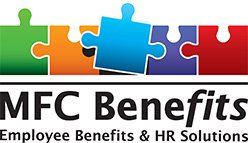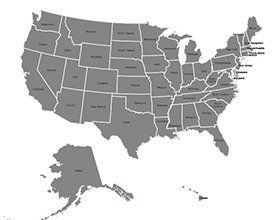Live Well, Work Well - May 2020
Health and Wellness tips brought to you by MFC Benefits, LLC
Learn more about the disadvantages of smoking, artificial sweeteners and loneliness at work.
CELEBRATE WORLD NO TOBACCO DAY BY LEARNING ABOUT SMOKING CESSATION
According to the American Lung Association, smoking kills over 480,000 people every year. Few people would disagree that smoking is hazardous to their health, yet millions continue to take part in this unhealthy habit.
The most recent data from the Centers for Disease Control and Prevention (CDC) shows a decline in U.S. adult smokers, but an estimated 34 million still smoke cigarettes. The World Health Organization (WHO) estimates that 1.1 billion adults worldwide smoke cigarettes.
The tobacco epidemic is so pervasive that the WHO supports World No Tobacco Day, held annually on May 31. In honor of World No Tobacco Day this year, take some time to learn about the benefits of smoking cessation and how you or a loved one can get started on the journey of quitting smoking.
QUITTING SMOKING
Smoking can cause immediate bodily damage and result in long-term health problems. More than 16 million Americans are living with a smoking-related disease like cancer, heart disease or chronic obstructive pulmonary disease.
"For every smoking-related death in the United States, there are at least 30 adults living with a smoking related illness."
With all the health risks associated with smoking, it’s important to extinguish your smoking habit for good. Here are some suggestions to get you started on your journey to being smoke-free:
- Think about when and why you smoke — keep track of when you light up and how you’re feeling. Identifying your triggers can help you prepare to quit.
- Think of the many benefits to quitting, like extending your lifespan, saving more money and feeling healthier overall, to stay motivated.
- Plan ahead for cigarette cravings to stay on track. Some common strategies for managing cravings include chewing gum, eating a healthy snack or taking a walk when you feel the urge to smoke.
- Be sure to share your plans with your loved ones so that they can help support you and hold you accountable.
It’s never too late to start your smoking cessation journey. Talk to your doctor today to create a cessation strategy that’s right for you.
SUGAR SUBSTITUTES AND YOU
At a first glance, artificial sweeteners seem like harmless and attractive alternatives to standard sugar. Sugar substitutes provide a sweet taste without the calories or carbohydrates that accompany sugar and other sweeteners. The Food and Drug Administration (FDA) has approved the use of acesulfame-K (Sunnett®), aspartame (Equal®), neotame, saccharin (Sweet’N Low®), sucralose (Splenda®) and stevia.
Despite this approval, some health experts discourage the use of sugar substitutes. Keep the following tips in mind to ensure that you’re safely
consuming them:
- Always read the nutritional facts on foods and drinks to know what and how much of a substitute is being used.
- Review the acceptable daily intake guidelines for each approved sugar substitute on the FDA’s website.
- Remember, just because a product contains a sugar substitute does not necessarily mean it is calorie-free or even healthy.
SWEETER THAN SUGAR
That's right - artificial sweeteners and sugar substitutes are often extremely sweeter than pure sugar:
STEVIA
- 150 times sweeter
ASPARTAME
- 200 times sweeter
SACCHARIN
- 200-700 times sweeter
SUCRALOSE
- 600 times sweeter
COMBATTING THE LONELINESS EPIDEMIC AT WORK
If you feel lonely at work, you’re not alone. In fact, about one-third of U.S. workers reported that they felt a general sense of loneliness, emptiness and disconnection from their co-workers.
Signs that you may be struggling with loneliness include feeling disconnected from your peers, heavily scrutinizing others, being sensitive to others’ responses toward you and having difficulty trusting people.
The hardest step to take when overcoming loneliness can often be the first one—reaching out to your co-workers. But the rewards can be invaluable. The odds are that you are not the only person in your department, or your company, suffering from loneliness. By reaching out and connecting your coworkers— through the use of work-approved electronic communications—you can help yourself stop feeling lonely while also helping others.
© 2020 Zywave, Inc. All rights reserved
Download the PDF copy here.
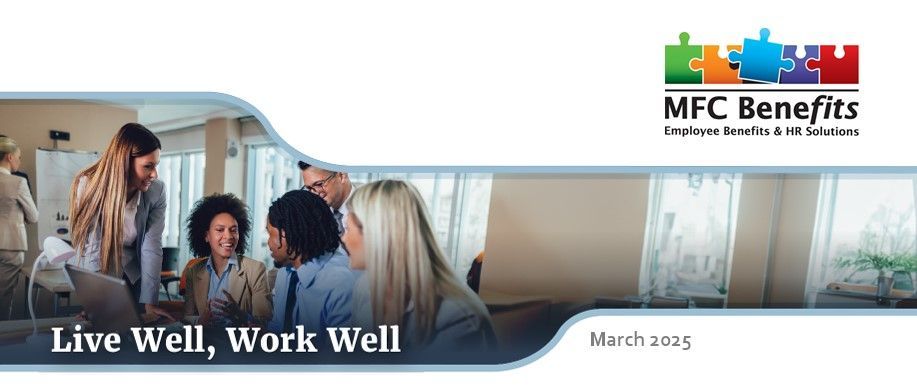

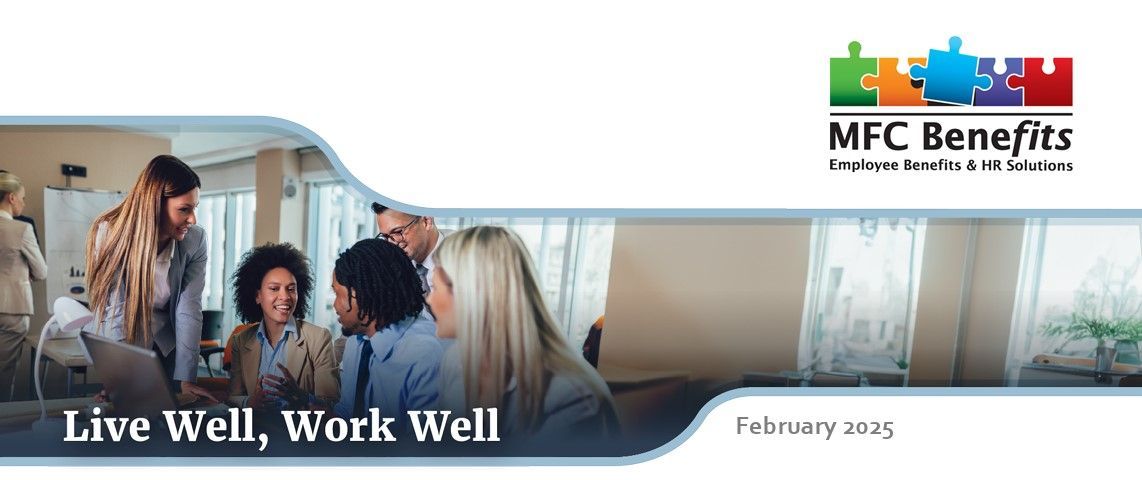


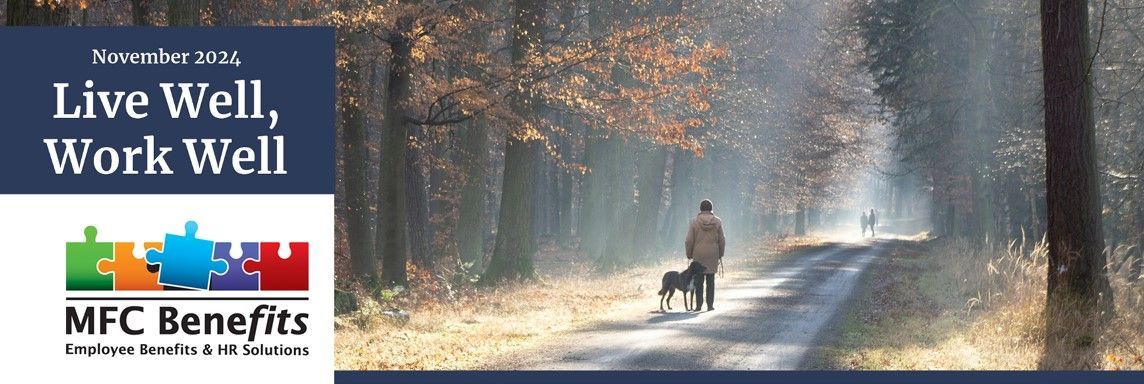
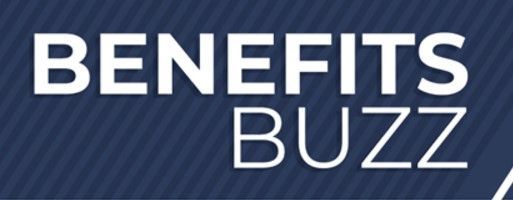
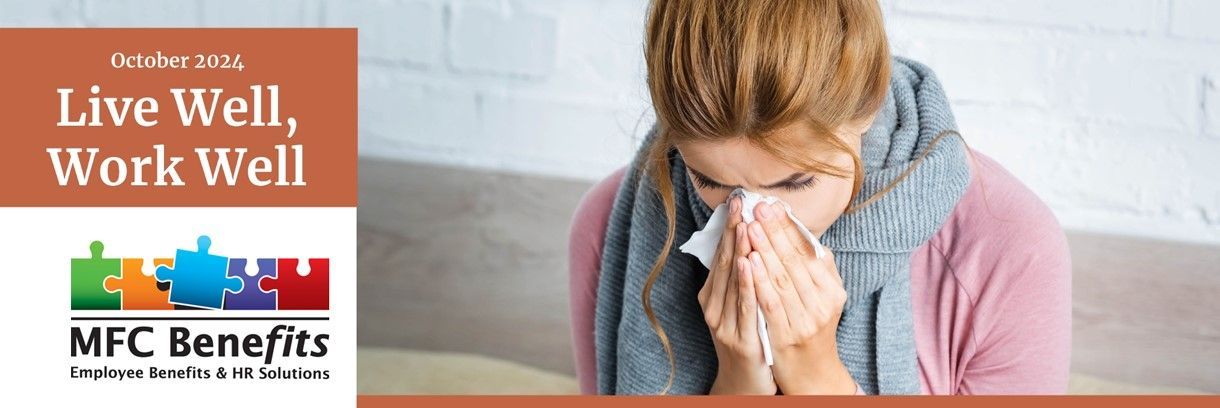
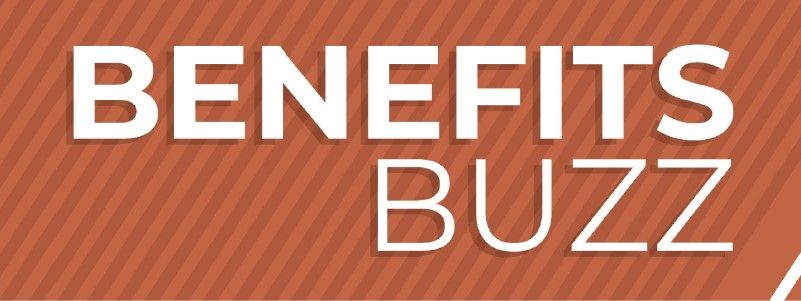
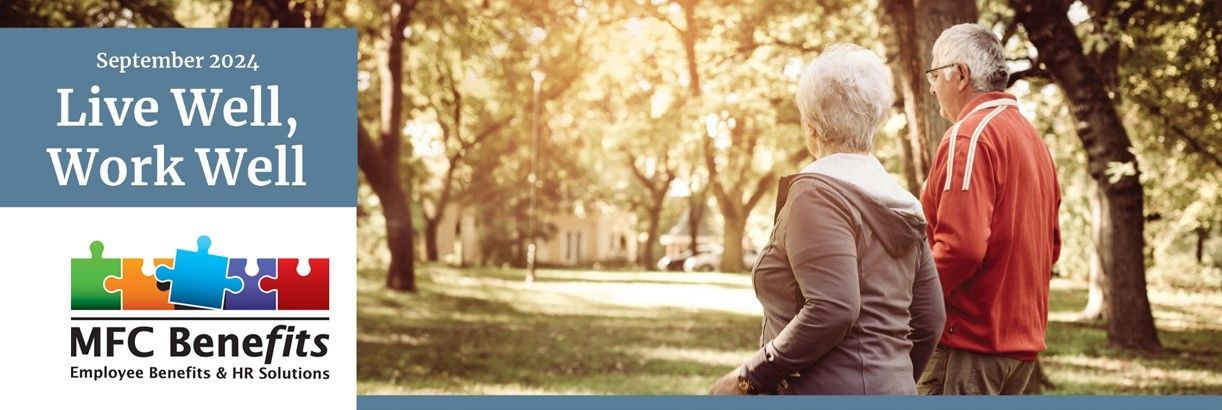
Check Out Our Video
Book an Appointment
Milford, Michigan 48381
Fax: 248-714-6091
